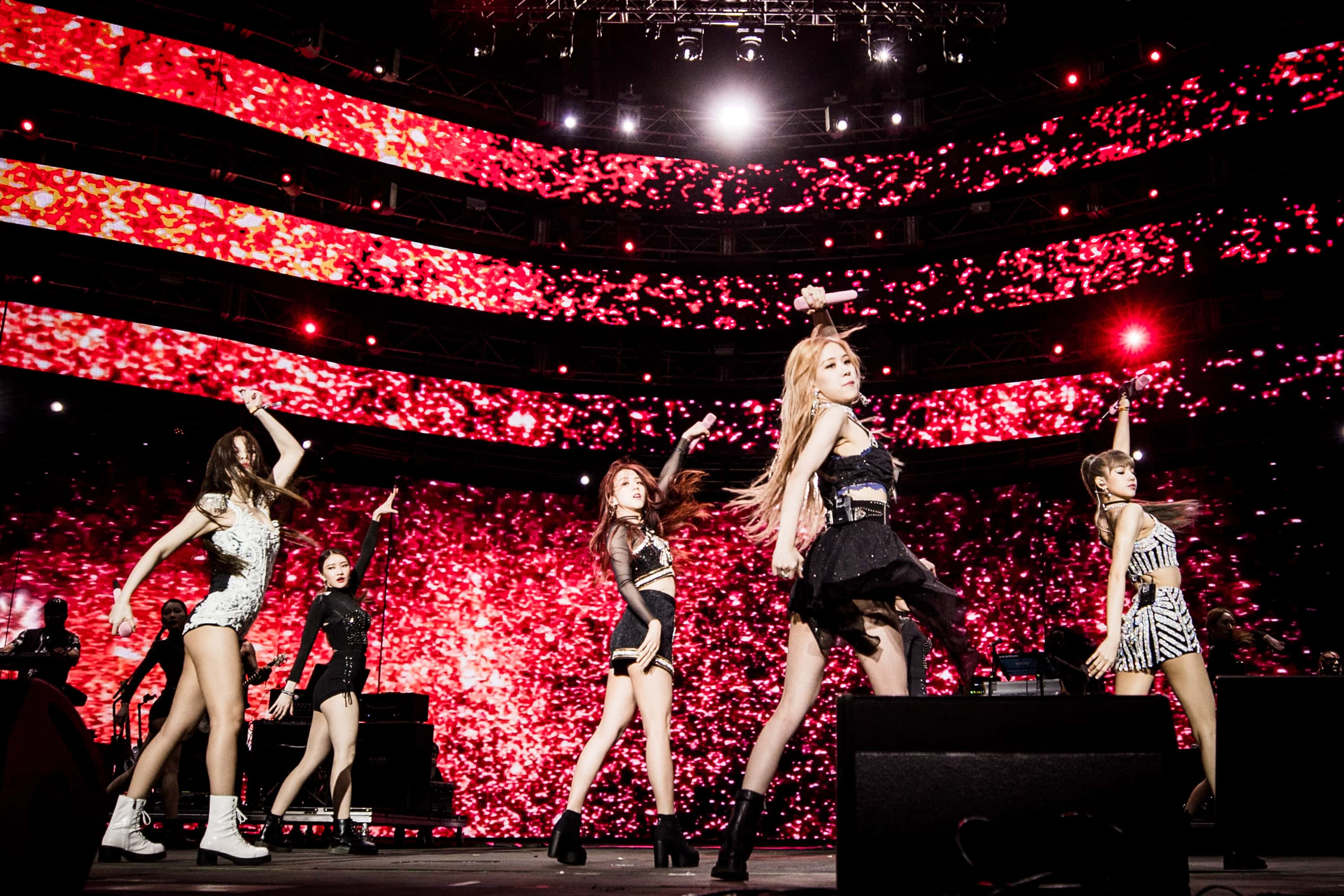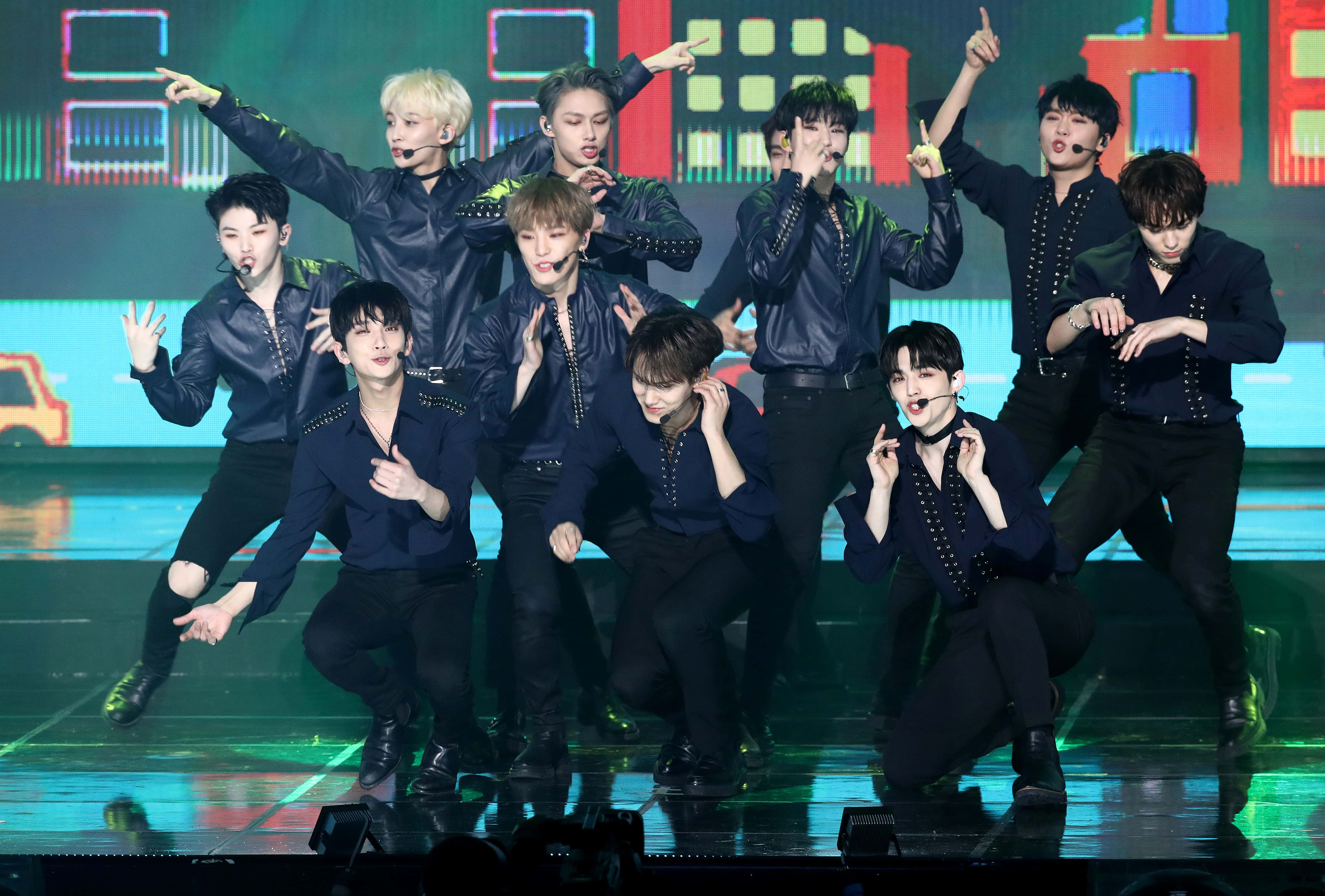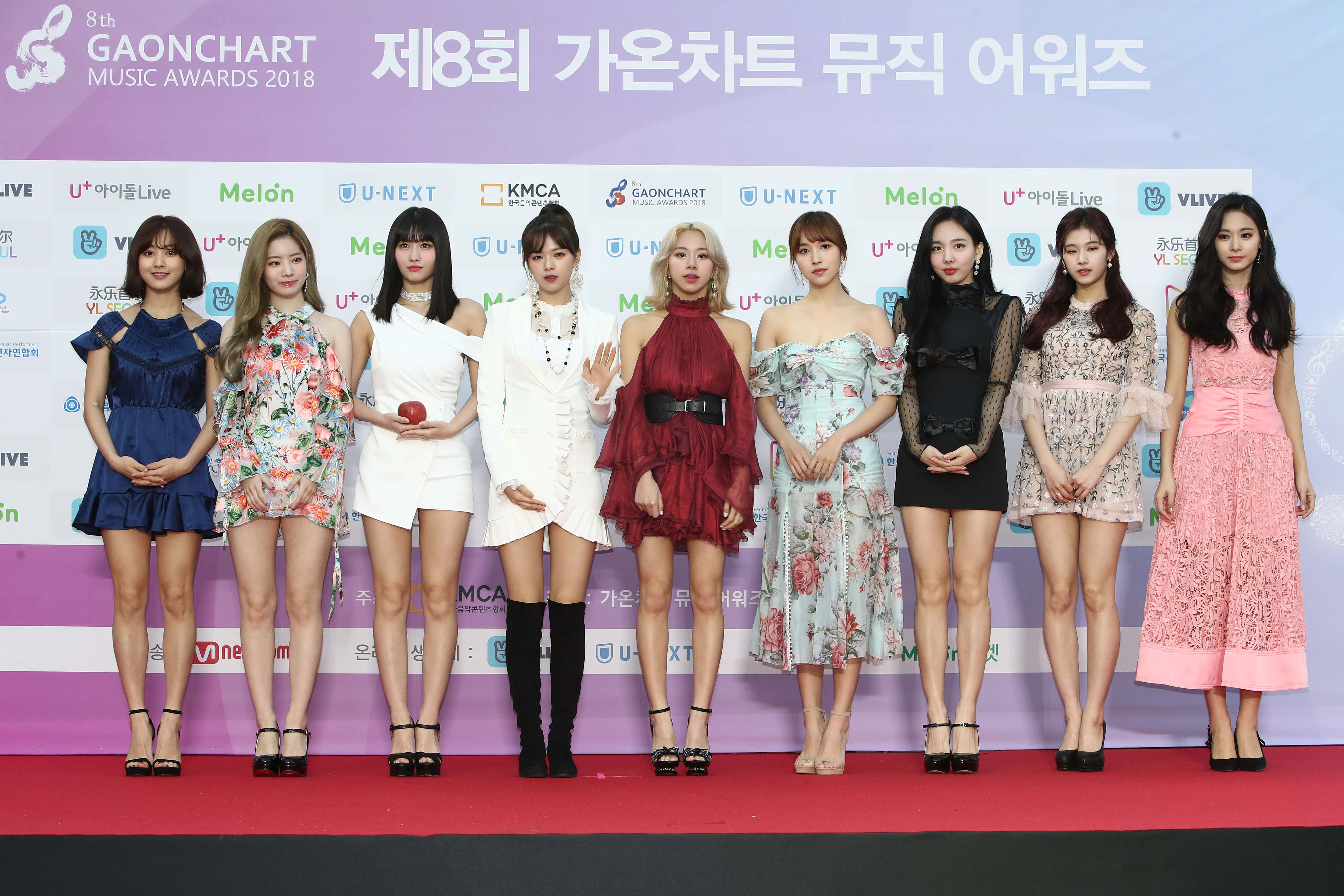Why aren't there more co-ed K-pop groups? A look at all the reasons why South Korea rarely mixes boys and girls

South Korean culture is sweeping across the globe – there's a reason the K-wave refuses to die down. A large part of that impact stems from the nation's keen eye for entertainment. South Korean films, series, and music have become increasingly popular and it's hard not to notice. The dark comedy thriller 'Parasite' is the first South Korean film to receive Academy Award recognition, taking home four awards at last year's ceremony: Best Picture, Best Director, Best Original Screenplay, and Best International Feature Film. Viewers will also find themselves binge-watching a series or ten on streaming platforms like Netflix.
The K-pop impact
Looking at South Korean music and the country just keeps on giving. There is a multitude of artists or groups that each have a loyal following with additional fandom channels/websites from countries abroad. Pop music is often regarded as the most marketable and South Korea have recognized its value, thus the fruition of the genre titan K-pop.
RELATED ARTICLES

Boy groups like BTS or girl groups like Blackpink have encapsulated something incredibly captivating that speaks to the emotions and minds of people from around the world. Following Justin Bieber and amid names like Ariana Grande, Ed Sheeran, and Marshmello, Blackpink currently places second as a music act with the most subscribers on YouTube in the world (57.4M). Apart from their numerous accolades, BTS has featured on Time's international cover as 'Next Generation Leaders'. The boy group also appeared in the magazine's lists of the 25 most influential people on the internet (2017–2019) and the 100 most influential people in the world (2019), where they were dubbed "Princes of Pop."
But there is one question that still begs for an answer -- why are there fewer co-ed K-pop groups?
Points to consider
If you've hopped onto the K-pop bandwagon before, you will know how easy it is to get lost in the hype. Boy groups can pull out some of the fiercest energy and dance moves. Girl groups enchant and empower, and can appear as magnetizing as if summoned from a perfectly crafted anime. That doesn't imply that such qualities are exclusive to each sex, but those attributes are just a small part of a whole that keeps fans enticed.
The key here lies in influence. There is a reason celebrities are described as role models. Fans, most commonly youth, are impressionable and are attracted to examples. Stepping out of the dark and next to a light and you can shine just as bright, and the mystery or pull factor comes from attaining the knowledge of the source of said light. In short, fans want to know how to be a star, and the quickest way to find out is to mimic popular names.
This could be the sole reason why South Korean record labels club one gender for a band, but there are many factors that weigh in. A group offers a variety of female or male types that different personas of fans can choose to follow. Your typical K-pop boy bands present a tough member, a sensitive/romantic member, a member inclined to the style of hip-hop (including rappers in their arsenal), and so on. The same can be said for girl groups. Fans can still follow those examples if genders are merged, but a different message can be perceived. If you combine male and female then fans expect their interaction and it can steer away from making music in the name of a "boy group" or a "girl group" as opposed to a coming-together to make music in general. Case in point, the K-pop market is primarily catered to youth and labels understand that influence is everything.

These are, of course, aspects to ponder on, but the history of co-ed K-pop groups also isn't strong. The target moneymaking demographics for K-pop are tweenage girls who latch onto boy groups and males, roughly aged between 15-25, who stan girl groups. “People listen to K-pop because they like the music, or because they find it just speaks to them, but of course the crush element behind fandoms is undeniable,” K-pop DJ Jamie Ilagan told SBS PopAsia.
It has proven difficult for South Korean agencies to find a concept that will do well with both demographics. Unlike western pop groups, the South Korean industry finds it harder to highlight individuality over homogeneity.
Fans have often noted that when the genders are combined, it feels like they are two separate groups on stage. That could also mean that fans are just used to seeing them apart. It would take getting used to if such groups are introduced more, but then what would their message/image be to change mindsets of a multitude of youth -- the expression "don't fix something that ain't broken" applies.
A brief look at K-pop history and culture
To understand what has been embedded in the minds of K-pop fans around the world, we'd have to look at its origins. Going back decades ago to the year 1992 and a particular debut from a boy band: Seo Taiji and Boys. At the time, music exec legend Bernie Cho was working at MTV. According to BBC, Cho noted that young Koreans were mostly listening to western music while Korean music was geared for their parents' generation. “It wasn't really an evolutionary process, it was very much a revolutionary process,” he said. Seo Taiji and Boys stepped onto the stage of a live television talent contest, didn't impress the judges, but blew the audience away with their fresh take on Korean music by blending in western sounds. In the next few days, their hit 'I Know' was met with groundbreaking success, skyrocketing to the top of the charts and remaining there for a record-smashing 17 weeks. The group's success allowed generations of younger Korean artists who were inspired by music from other parts of the world to look beyond creative restrictions.

Over a decade later and with the rise of more pop groups, major labels had caught wind of the value of such artists. Additionally, Korean agencies embraced international social media platforms, such as Facebook, Twitter, and YouTube, unlike several other Asian countries that used home-grown ones. Therefore, the scale of their reach extended beyond South Korea, like an unspoken camaraderie or tip of the hat to music from other nations.
Popular co-ed K-pop groups
If you're one who's inclined to step outside of the norm and whet your curiosity appetite, you will want to check out these strong co-ed contenders. Check out five popular mixed-gender K-pop groups below.
Trouble Maker - duo comprised of Hyuna and Jang Hyun-seung
KARD - comprised of J.Seph, BM, Somin, and Jiwoo
CHECKMATE - Sieun, Suri, Yongseok, Noah
8Eight - trio of Lee Hyun, Baek Chan, and Joo Hee
Triple H - Hyuna and Pentagon members Hui and E'Dawn










